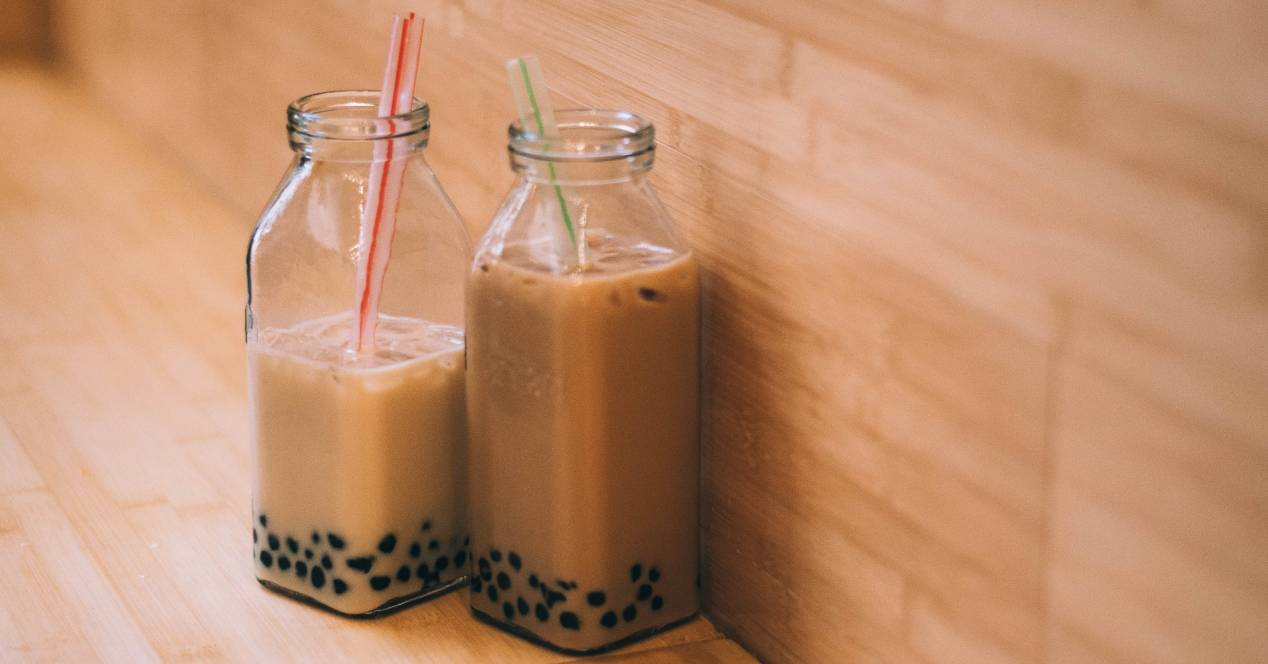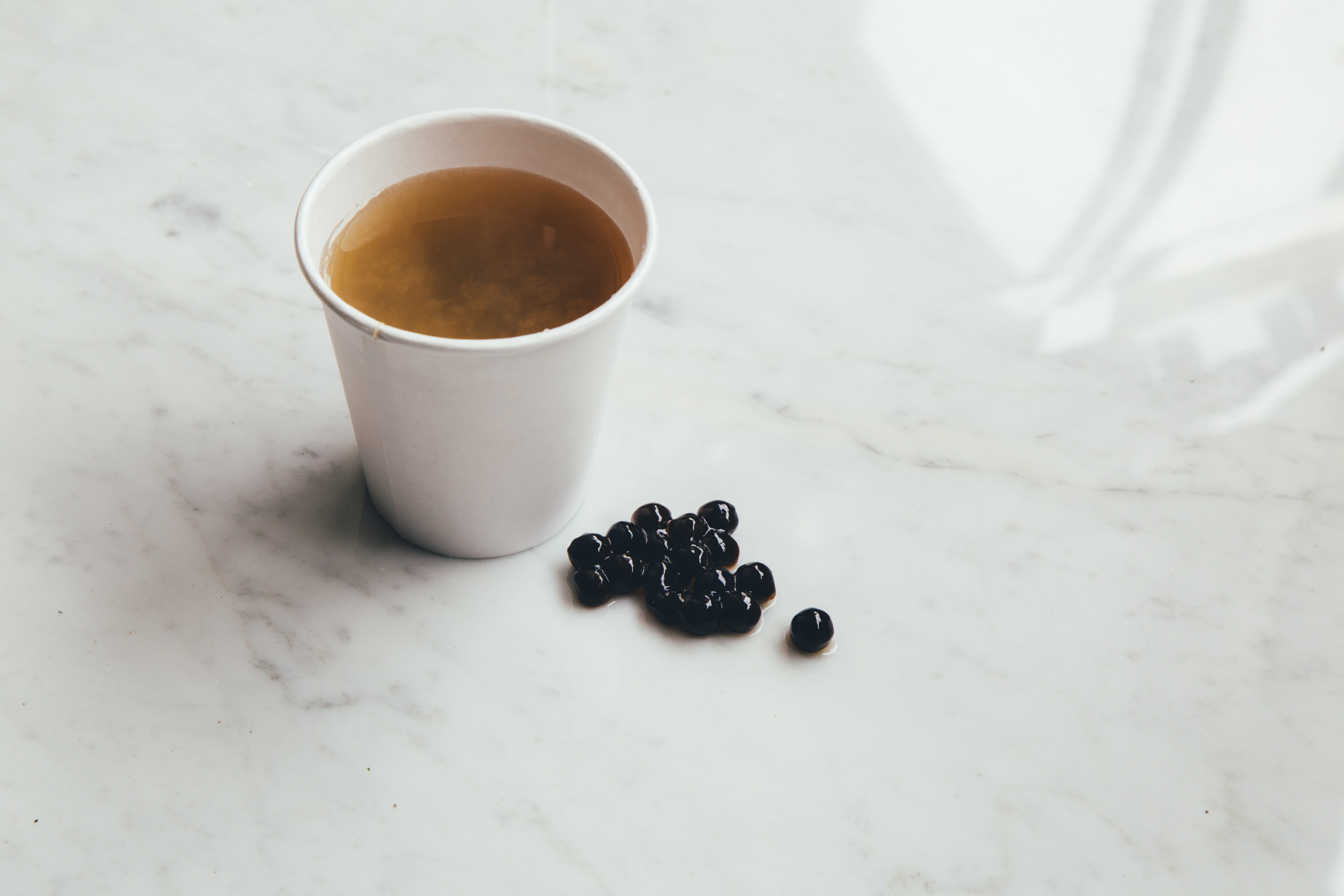
Flour, or pudding, is the deliciously chewy ingredient in your bubble tea. Tapioca really knows no limits. However, if you're on a gluten-free diet, you'll need to check that all ingredients are celiac-friendly before ordering that tapioca or bubble tea dessert.
Tapioca does not contain gluten. Since it's not a grain (gluten is only found in wheat, barley, and rye grains), tapioca is naturally gluten-free in its pure form. However, not all brands and products with tapioca as an ingredient are safe for a gluten-free diet.
What is tapioca?
tapioca not a grain or cereal. Instead, the flour and starch in this food are produced from the peeled roots of the tropical yucca plant. Cassava is an important source of starch and calories for people in both South America and Africa, and is a staple food in many countries on those continents. Southeast Asian cuisines also use pearl tapioca.
To make tapioca, food processors grind the cassava root, boil it, and then process it to extract the starch from the ground root. The tiny tapioca pearls found in tapioca pudding and bubble tea are the result of this process.
Starch and flour are usually the same product, they just have different names. However, it cannot be assumed that all brands of tapioca that we can buy in the store are automatically gluten-free. Companies that mill tapioca also mill wheat, barley, and rye into the same material, posing a significant risk of gluten cross-contamination.
This food makes gluten-free baked goods more moist and tasty. Many all-purpose gluten-free mixes contain tapioca, as do many ready-to-eat gluten-free bread products. It's also a valuable ingredient for gluten-free baking, and it's easy to make our own tapioca pudding. We can even make pearls by placing starch in a bowl and slowly adding boiling water. We will form balls with the resulting porridge and let them dry for several hours. Once we have the tapioca pearls, we can make our own tapioca pudding and bubble tea.
And the tapioca flour?
Flour and starch are ingredients used in many gluten-free products. We can be sure that as an ingredient in those products, it is safe for someone who has celiac disease or non-celiac gluten sensitivity.
Manufacturers of products labeled gluten-free typically take extra steps to make sure gluten-free ingredients are protected. This means that they are not processed in the same facilities or in the same areas as wheat, barley or rye grains and flours. However, manufacturers do not take precautions to protect allergy sufferers. It can be difficult to determine what, if any, precautions have been taken simply by reading the packaging.
When we buy tapioca flour or starch, it is recommended to choose those companies that specifically call their products “gluten-free«. We will find that these products are generally more expensive than the generic tapioca you might find at a local Asian market. However, health is worth this extra measure of safety.
Why is tapioca gluten free?
Gluten is a protein found in wheat, barley, rye, and derivatives of these grains.
Tapioca is a starch derived from the cassava plant, which is naturally gluten-free, according to the Celiac Disease Foundation. And while tapioca flour can easily be confused with standard wheat flour (which isn't gluten-free), it's a great alternative to regular in many recipes.
Tapioca can be eaten in many forms, including flour and pudding. But the pearls found in bubble or milk tea are probably the most common way to enjoy this starch. As it is a starch, tapioca pearls are naturally free of fat and protein And they are made entirely of carbohydrates.
Although they do not contain many nutrients, these pearls provide some iron, containing about 7 percent of your recommended daily value per half cup.
Although is naturally gluten free and safe to eat, you will want to be cautious when purchasing tapioca-based products or ordering foods with this ingredient. Cross contamination is a risk with all pre-prepared or processed foods.
El cross contact it occurs when food comes into contact with gluten ingredients, either through shared utensils or preparation surfaces, according to the Celiac Disease Foundation. Once gluten-free foods come into contact with gluten ingredients, they are no longer safe to eat on a celiac diet.

How to find gluten-free products?
To avoid cross contamination, there are a few precautions you should take when buying tapioca products at the store. First, we'll take a close look at the ingredient list and keep an eye out for hidden gluten foods. We will also review the list of allergens for wheat or gluten.
Then, turn the product package over to the front and look for the “Gluten Free” label. This brand is regulated and guarantees that the food contains less than 20 parts per million (ppm) of gluten, a generally safe amount for people with celiac disease or gluten intolerance.
The tapioca you are buying may even have a gluten free certified stamp in the package. This mark means that the food has been tested and certified by a trusted third-party organization, such as the Gluten Free Certification Organization. In that case, the food contains less than 10 ppm gluten.
But, in the case of not seeing it completely clear, we can also call the company or get in touch so that they can assure us that it is gluten-free.